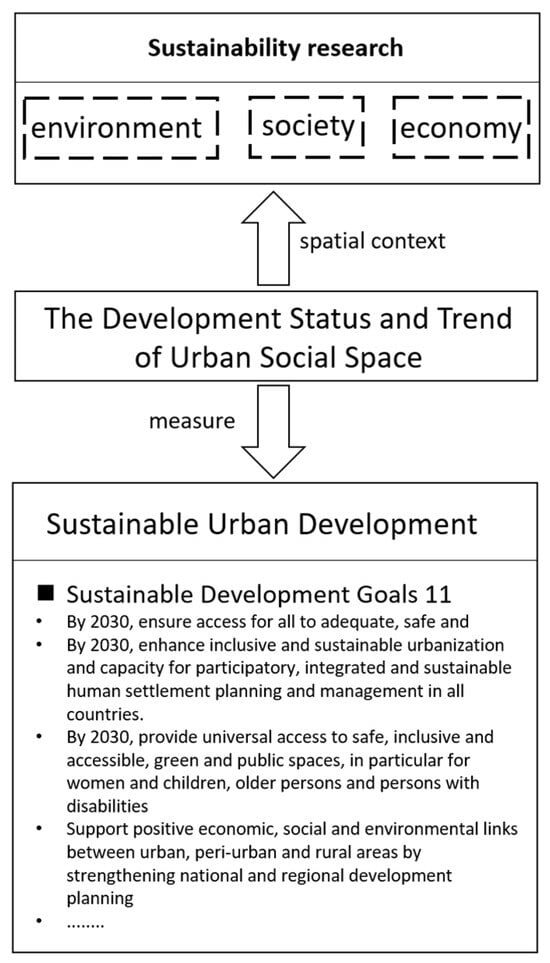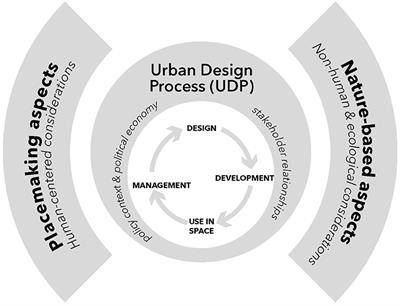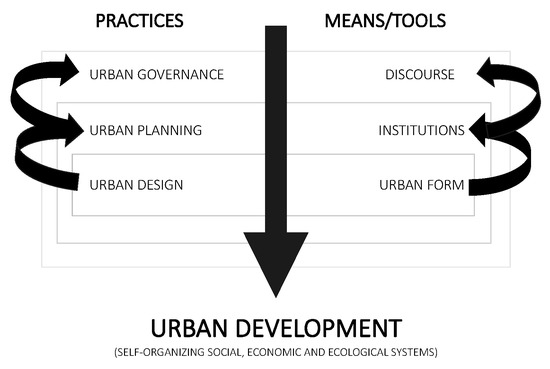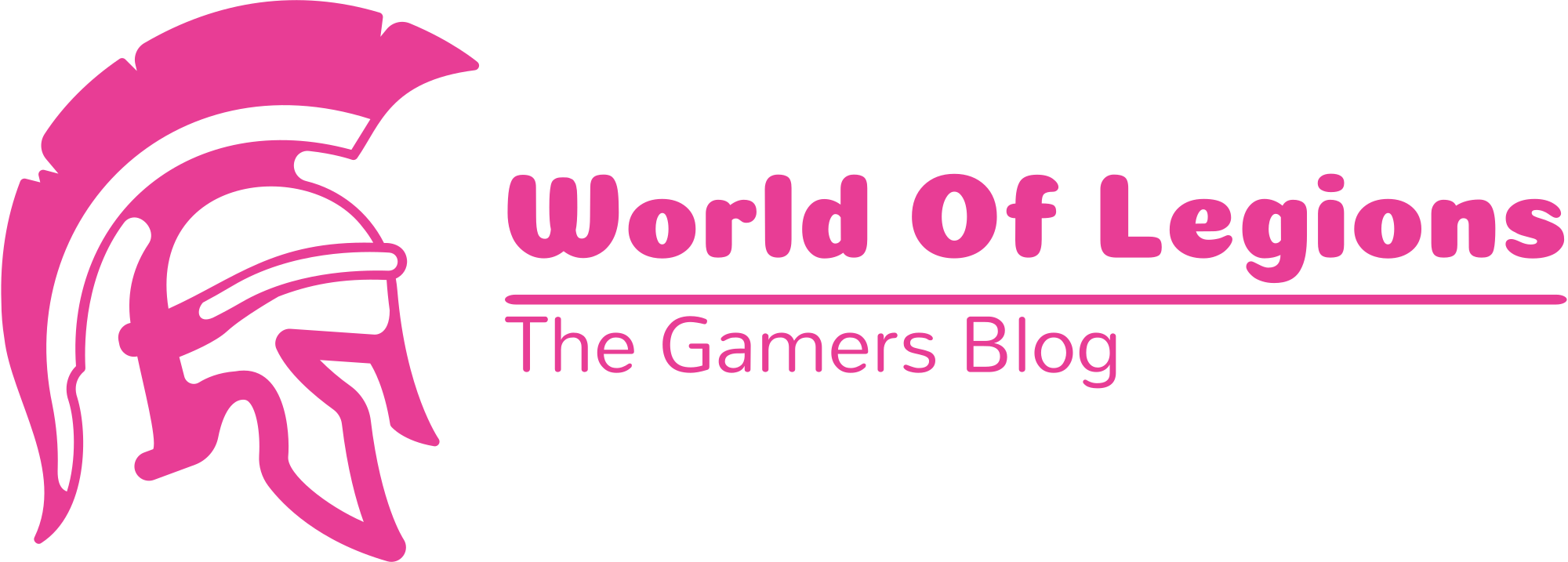Introduction to Game Urbanism Bibliography

Welcome to the Game Urbanism Bibliography, a curated collection of resources that explores the intersection of urban planning and game design. This bibliography serves as a comprehensive guide for researchers, students, and enthusiasts interested in understanding how games can shape our cities and vice versa. From books and academic journals to online platforms and case studies, this bibliography provides a roadmap for delving into the exciting field of Game Urbanism. Join us as we uncover key texts, influential articles, and innovative projects that are shaping the future of urban game design. Let’s dive in!
Overview of Game Urbanism as a field of study

Game Urbanism is an emerging field that explores the intersection of urban planning and game design. It examines how games can be used to engage communities, promote active citizenship, and shape the physical and social aspects of cities. Game Urbanism encompasses a range of topics, including gamified urban interventions, participatory design processes, and the use of virtual reality in urban planning. By incorporating game mechanics and technology into urban development, Game Urbanism offers innovative approaches to address complex urban challenges and create more inclusive and sustainable cities.
Importance of bibliographies in Game Urbanism research

Bibliographies play a crucial role in Game Urbanism research by providing a comprehensive overview of the existing literature on the subject. They serve as a valuable resource for scholars, students, and practitioners looking to explore the field and stay updated on the latest developments. A well-curated bibliography helps researchers identify key texts, influential authors, and emerging trends in Game Urbanism. It also facilitates cross-referencing and allows for a deeper understanding of the interdisciplinary nature of this field. In essence, bibliographies serve as a foundation for further exploration and contribute to the growth and advancement of Game Urbanism as a field of study.
Key Books on Game Urbanism
When delving into the world of Game Urbanism, there are several key books that are essential reads for anyone interested in the field. These books not only provide valuable insights into the intersection of gaming and urban planning, but they also offer theoretical frameworks and practical examples that can inform future research and projects. Some notable books include “Cities and Complexity: Understanding Cities with Cellular Automata, Agent-Based Models, and Fractals” by Michael Batty, “Playful Cities: The City as a Gameboard” by Sebastien Cuvelier, and “Urban Games: Rules of Play for the Game of Urban Life” by Kate Orff. Each of these books offers a unique perspective on how games can shape our understanding and experience of urban environments.
Notable books on Game Urbanism and urban planning
There are several notable books that delve into the intersection of Game Urbanism and urban planning. These books offer valuable insights and perspectives on how games can shape our understanding and experience of urban environments. Some key titles include “Cities and Complexity: Understanding Cities with Cellular Automata, Agent-Based Models, and Fractals” by Michael Batty, “Playful Cities: The City as a Gameboard” by Sebastien Cuvelier, and “Urban Games: Rules of Play for the Game of Urban Life” by Kate Orff. These books provide theoretical frameworks and practical examples that can inform future research and projects in the field of Game Urbanism.
Analysis of the impact of these books on the field
These notable books on Game Urbanism and urban planning have had a significant impact on the field. “Cities and Complexity” by Michael Batty introduced the concept of using cellular automata and agent-based models to understand cities, influencing future research in game-based urban simulations. Sebastien Cuvelier’s “Playful Cities” explored the idea of the city as a gameboard, inspiring innovative approaches to urban design that incorporate elements of play and interactivity. Kate Orff’s “Urban Games” provided rules for understanding and engaging with the complexities of urban life, shaping how planners approach the design and management of cities. These books have contributed to the development of Game Urbanism as an interdisciplinary field, bridging the gap between gaming, technology, and urban planning.
Academic Journals and Articles
In the field of Game Urbanism, there are several prominent academic journals that publish research in this area. These journals serve as a platform for scholars and practitioners to share their findings and insights on topics related to game-based urban planning. Some notable journals include:
- Journal of Urban Planning and Development: This journal covers a wide range of urban planning topics, including those related to Game Urbanism. It features articles that explore the application of gaming techniques and technologies in urban design and decision-making processes.
- Cities: The journal Cities publishes research on various aspects of urban studies, including the intersection between games and cities. It showcases articles that investigate how games can be used as tools for community engagement, urban simulation, and participatory planning.
- Computers, Environment and Urban Systems: This interdisciplinary journal focuses on the integration of computer science, environmental sciences, and urban studies. It presents research on the use of game-based models and simulations to analyze urban systems and inform decision-making processes.
- Games & Culture: As the name suggests, this journal explores the cultural dimensions of games across various domains, including urban planning. It features articles that examine how games can shape our understanding of cities, influence public perceptions, and facilitate collaborative planning processes.
These journals provide valuable resources for researchers looking to delve deeper into Game Urbanism and its applications in urban planning. They offer a wealth of knowledge through peer-reviewed articles that contribute to the advancement of this emerging field.
Please note that these are just a few examples, and there may be other relevant journals publishing research in Game Urbanism as well.
Prominent academic journals publishing Game Urbanism research
In the field of Game Urbanism, there are several prominent academic journals that publish research in this area. These journals serve as a platform for scholars and practitioners to share their findings and insights on topics related to game-based urban planning. Some notable journals include the Journal of Urban Planning and Development, Cities, Computers, Environment and Urban Systems, and Games & Culture. These journals provide valuable resources for researchers looking to delve deeper into Game Urbanism and its applications in urban planning.
Insight into influential articles in the field
In the field of Game Urbanism, there are several influential articles that have shaped the discourse and understanding of this emerging field. Some notable articles include “Game Urbanism: A Model for Participatory City Planning” by Jane Jacobs, which explores the potential of using gaming principles in urban planning processes. Another influential article is “The Gamification of Urban Space” by Richard Florida, which discusses how game-like elements can be incorporated into urban design to enhance public engagement and community interaction. These articles provide valuable insights into the application of game-based approaches in urban planning and have inspired further research and experimentation in the field.
Online Resources and Websites
When it comes to Game Urbanism, there are several online resources and websites that provide valuable insights and information. One such website is Game Urbanism Hub, which offers a centralized platform for researchers, practitioners, and enthusiasts to connect and share their knowledge. Another useful resource is the Gamification Research Network, which features articles, case studies, and discussions on the application of game-based approaches in urban planning. Additionally, the CityBuilder game website provides interactive tools and simulations for designing virtual cities. These online platforms are excellent sources for further exploration and research in the field of Game Urbanism.
Top websites and online platforms for Game Urbanism enthusiasts
If you’re passionate about Game Urbanism and want to delve deeper into the field, there are several websites and online platforms that can provide valuable resources and insights. The Game Urbanism Hub is a centralized platform that connects researchers, practitioners, and enthusiasts, allowing them to share knowledge and collaborate on projects. The Gamification Research Network is another useful resource, featuring articles, case studies, and discussions on the application of game-based approaches in urban planning. Additionally, the CityBuilder game website offers interactive tools and simulations for designing virtual cities. These online platforms are excellent sources for further exploration and research in the exciting field of Game Urbanism.
Useful resources for further exploration and research
For those interested in delving deeper into the field of Game Urbanism, there are several online platforms and websites that provide valuable resources. The Game Urbanism Hub serves as a centralized platform connecting researchers, practitioners, and enthusiasts, facilitating knowledge sharing and collaboration. The Gamification Research Network offers articles, case studies, and discussions on the application of game-based approaches in urban planning. Additionally, the CityBuilder game website provides interactive tools and simulations for designing virtual cities. These resources are excellent starting points for further exploration and research in the exciting world of Game Urbanism.
Case Studies and Research Projects
Case studies and research projects play a crucial role in advancing the field of Game Urbanism. They provide valuable insights into the application of game-based approaches in urban planning and design. One notable case study is the “Minecraft Urbanism” project, which explores how the popular game Minecraft can be used as a tool for participatory planning and community engagement. Another interesting research project is “CityScope,” a platform that combines physical models with digital simulations to test urban design scenarios in real-time. These case studies and research projects illustrate the potential of Game Urbanism in shaping future cities.
Examination of specific case studies and research projects in Game Urbanism

In the field of Game Urbanism, case studies and research projects provide valuable insights into the application of game-based approaches in urban planning and design. One notable case study is the “Minecraft Urbanism” project, which explores how Minecraft can be used for participatory planning and community engagement. Another interesting research project is “CityScope,” which combines physical models with digital simulations to test urban design scenarios in real-time. These examples demonstrate the potential of Game Urbanism in shaping future cities and engaging communities in the planning process.
Discussion on their methodologies and findings

The case studies and research projects in Game Urbanism employ a variety of methodologies to explore the potential of game-based approaches in urban planning and design. For example, the “Minecraft Urbanism” project utilizes Minecraft as a tool for participatory planning and community engagement, allowing residents to collaboratively envision their ideal neighborhoods. Similarly, the “CityScope” research project combines physical models with digital simulations to test different urban design scenarios in real-time. These methodologies highlight the interactive and immersive nature of Game Urbanism, facilitating active participation and creativity in the planning process. The findings from these projects demonstrate the effectiveness of game-based approaches in promoting community involvement and generating innovative urban solutions.
Conclusion and Future Trends
In conclusion, the Game Urbanism Bibliography provides a comprehensive overview of the field, showcasing key books, academic journals, online resources, and case studies. These resources highlight the potential of game-based approaches in urban planning and design, emphasizing community involvement and creativity. Moving forward, there are promising trends emerging in Game Urbanism, such as the integration of virtual reality and augmented reality technologies, as well as the exploration of gamification strategies for sustainable urban development. As this field continues to evolve, it presents exciting opportunities for innovative and inclusive urban planning practices.
Summary of key findings from the Game Urbanism Bibliography
The Game Urbanism Bibliography provides a comprehensive overview of the field, showcasing key books, academic journals, online resources, and case studies. Notable books on Game Urbanism and urban planning include “Cities for People” by Jan Gehl and “SimCity” by Will Wright. Prominent academic journals publishing Game Urbanism research include the Journal of Urban Design and Games and Culture. Online platforms such as Play the City and CityBuilder offer valuable resources for enthusiasts. Case studies like Minecraft’s Blockholm project demonstrate the potential of game-based approaches in urban planning. Overall, this bibliography highlights the exciting opportunities for innovative and inclusive urban planning practices in the field of Game Urbanism.
Potential future directions and emerging trends in the field
The field of Game Urbanism is constantly evolving, with several potential future directions and emerging trends. One such trend is the integration of virtual reality (VR) and augmented reality (AR) technologies into urban planning processes, allowing stakeholders to experience and interact with proposed designs in immersive ways. Another direction is the use of AI and machine learning algorithms to analyze vast amounts of data and generate dynamic simulations for more accurate urban planning predictions. Additionally, there is a growing interest in incorporating game-based approaches in participatory planning, enabling citizens to actively engage in shaping their cities. These developments hold great promise for the future of Game Urbanism.












What do you think?
It is nice to know your opinion. Leave a comment.